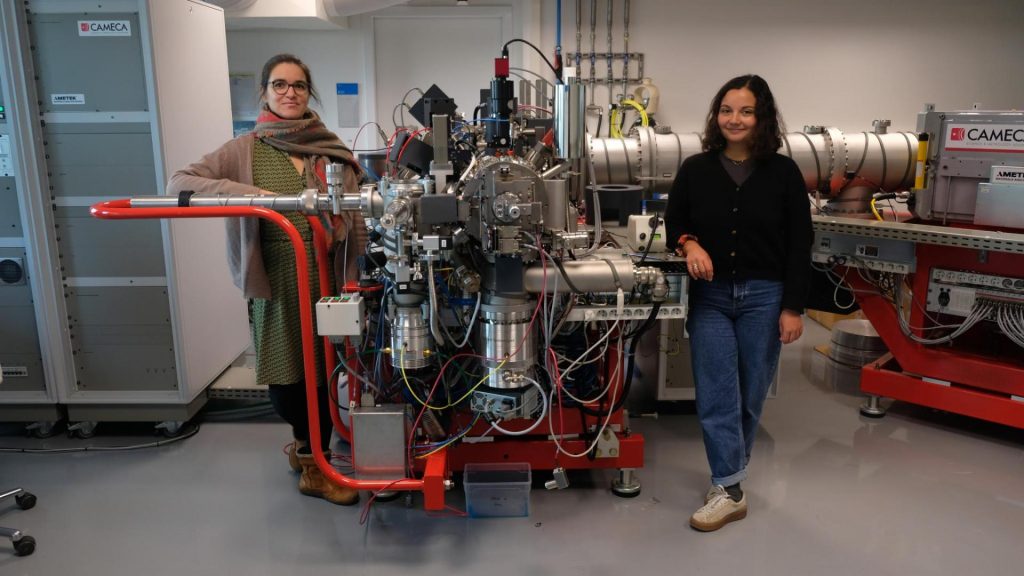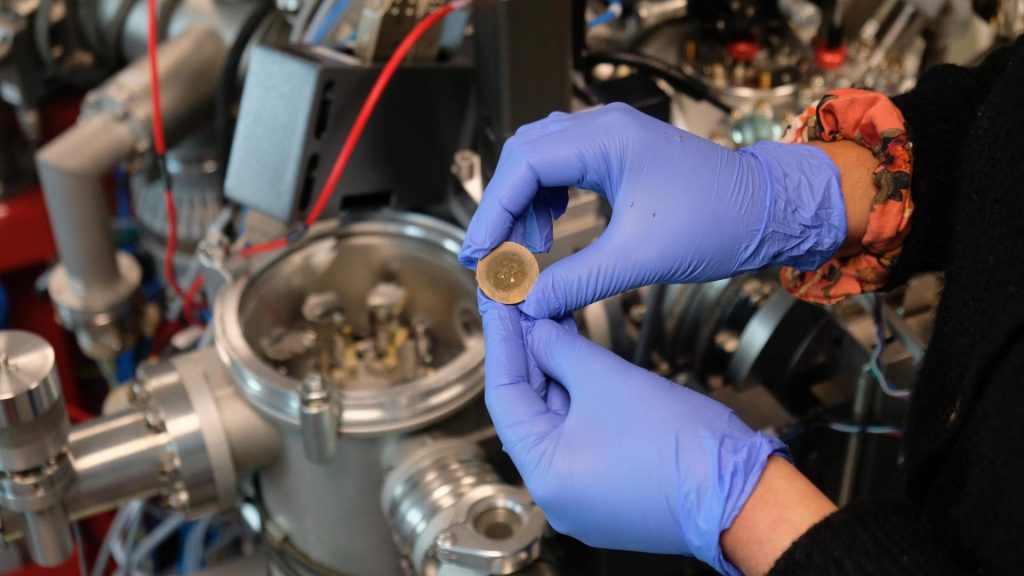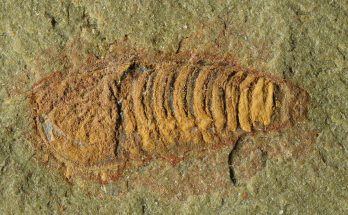Cette publication est également disponible en :
![]() Français
Français

By analyzing thousands of data from 3.8- to 1.8-billion-year-old rock samples, a team from the University of Lausanne (Switzerland) has demonstrated that the phenomenon of iron oxidation occurred on Earth much earlier than previously thought. This discovery raises many questions. What caused this oxidation? Bacteria? Oxygen?
When did oxygen first appear on Earth? According to the scientific consensus, it would have massively accumulated in the atmosphere nearly 2.4 billion years ago, oxidizing its environment. Before this event, traditional hypotheses consider that there was practically no oxidation phenomenon.
Scientists at the University of Lausanne (UNIL) were therefore surprised to observe traces of iron oxidation in rocks dating from 3.8 to 1.8 billion years ago, well before what is commonly known as “the great oxidation”. The results were published in Earth and Planetary Science Letters.

Behind this discovery is an innovative analytical method used by the scientists. Thanks to this novel approach, they were able to analyze mineral grains down to 5 microns in size and study a much wider range of rocks than conventional methods allow. “I had different types of very old rocks in my drawers that I had collected over the years, from Australia, South Africa and Gabon,” explains Johanna Marin Carbonne, co-author of the study and professor at the Faculty of Geosciences and Environment of UNIL. “As a first step, we analyzed them with this promising method, which had never been done at this scale.” Researcher Juliette Dupeyron, then a Master’s student and now a Doctoral student at the Institute of Earth Sciences, set about compiling these data and identifying trends. She came up with these unexpected results.
Two hypotheses to choose from
What do these new data mean? That these ancient rocks were confronted with an oxidant long before the massive appearance of oxygen. Three hypotheses are currently emerging. The iron could have been oxidized by UV light, by microorganisms such as bacteria, or by oxygen, produced by bacteria. “The UV light scenario probably took place, but in small proportions and would not be sufficient to explain our observations,” comments Juliette Dupeyron, first author of the study. As for the other two hypotheses, it is not possible to distinguish them at this stage. “What is certain is that these results raise questions about the timing of Earth’s surface oxygenation.”
However, a lot remains to be unraveled. “We would like to see further scientific studies to investigate this discovery,” says the researcher. “There is still a lot of work to be done to shed light on these observations. Johanna Marin-Carbonne adds: “Only 10% of the rocks of this age are currently available to scientists. Thus, it is difficult to reconstruct with certainty all the phenomena that took place at that time.”
The techniques behind this discovery
Traditionally, scientists have used plasma source mass spectrometry (MC-ICP-MS) to analyze ancient rocks, a method that requires separating the mineral of interest, in this case pyrite, from the rest of the rock and then going through various chemical processes to recover the desired chemical element, iron. The disadvantage is that the analysis of pyrite-poor rocks is tedious and previous studies were limited to a single rock type.
The secondary ion mass spectrometry (SIMS) and laser ablation mass spectrometry (LA-MC-ICP-MS) techniques used in this study open new doors because they allow the analysis of mineral grains of the order of microns and can thus be applied to a much wider range of rocks. Finally, they offer the possibility of studying the surface of the sample directly, without the need to separate the mineral of interest from the rest of the rock, thus preserving the rock’s structure.
What do rocks tell us about the past?
Rocks bear the mark of their past interactions with their environment. By analyzing very old rocks, it is possible to trace their evolution and to deduce the environmental phenomena of their time of formation. In this study, scientists are interested in the presence of pyrite grains in rocks, which is a mineral containing sulfur and iron. The chemical composition of the mineral – more specifically its isotope composition – contains very important information to understand the past.
Bibliography
- Juliette Dupeyron, Marie-Nëlle Decraene, Johanna Marin-Carbonne, Vincent Busigny, Formation pathways of Precambrian sedimentary pyrite: insights from in situ Fe isotopes, Earth and Planetary Science Letters, 2023



